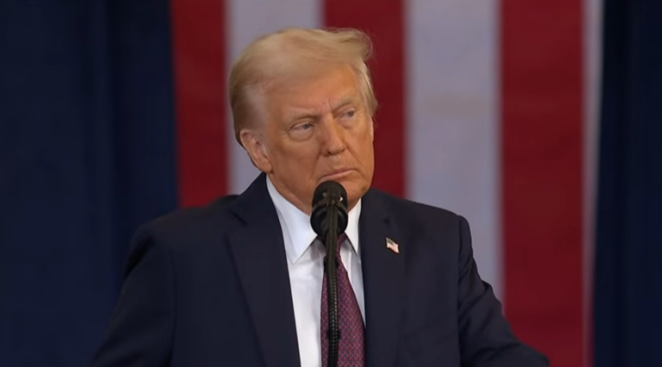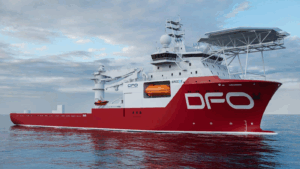On Capitol Hill yesterday, US defense secretary Pete Hegseth, accompanied by Air Force Gen. Dan Caine, chairman of the Joint Chiefs of Staff, met with lawmakers on the Senate Appropriations Committee to discuss key points for the Defense Department in the president’s recommendations for discretionary funding levels for fiscal year 2026. Hegseth noted that the department will be investing significantly at sea, with a total of $47bn for shipbuilding.
“When you look at the totality of the $961 billion, or $1 trillion total over national security, that’s 19 new ships,” he said. “It’s a historic investment in shipbuilding. [And] it’s over $6 billion [for investments] in the shipbuilding defense industrial base.”
Earlier this month, the office of management and budget released to Congress president Donald J. Trump’s recommendations on FY26 discretionary funding levels.
While a full presidential budget recommendation has not yet been released, the proposal includes an increase in DOD’s budget to approximately $961.6bn, about $113.3bn higher than the enacted budget for the department in FY25.
“The $961.6 billion budget request, which is over $1 trillion for national security total, will end four years of chronic underinvestment in our military,” Hegseth said, adding that the department has been working since January to crystallize the president’s agenda into a budget for the upcoming fiscal year.
“This budget provides a historic level of funding for military readiness – putting our warfighters and their needs first – and young Americans are responding and signing up in droves,” Hegseth said. “We are rebuilding our military; 25 years ago, our military was unchallenged, yet we squandered that advantage as China carried out an unprecedented military buildup.”
The secretary said the rebuilding plan involves reviving the defense industrial base, reforming DOD acquisition processes and rapidly fielding emerging technology and new weapons to warfighters.
“This budget invests $25 billion in Golden Dome for America, a down payment on President Trump’s priority to defend our homeland,” he said. “It also commits more than $62 billion in total to modernize and sustain our nuclear forces as we face rising nuclear dangers.”
Hegseth told senators that the nuclear triad is the centerpiece of U.S. deterrence, and the recapitalization of it involves new submarines, such as the Columbia-class ballistic missile submarines, new intercontinental ballistic missiles as part of the Ground Based Strategic Deterrent program and bomber aircraft, such as the B-21 Raider.
The budget also provides $3.5bn for the F-47 Next Generation Air Dominance platform – the world’s first crewed sixth-generation fighter aircraft – to help the department maintain air dominance.



